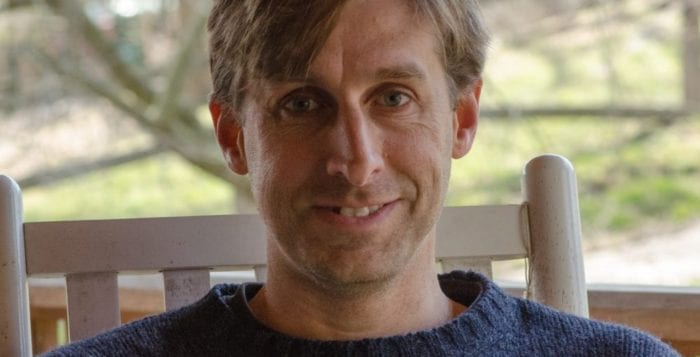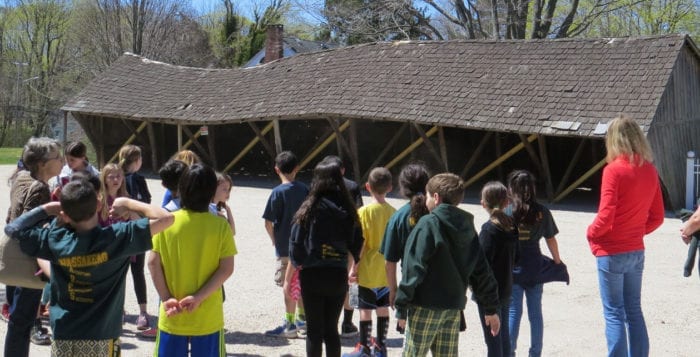By Nancy Burner, Esq.
Consider this scenario: An individual executes a will in 1995. The will leaves all of his personal property (household furnishings and other personal effects), to his friend who is also the named executor. The rest of his estate he leaves to his two sisters. When he died in 2012, his two sisters had predeceased him. There were no other individuals named as beneficiaries of the will.
The executor brought a petition requesting that the court construe the decedent’s will so that she would inherit the entire estate as the only living beneficiary in the will. The executor stated that the decedent intended to change his will to name her as the sole beneficiary, but he died before he signed the new will. There was also an unwitnessed handwritten will that left his entire estate to the executor.
The court held that the testator’s intent to give his residuary estate to his two sisters was unambiguous. Having failed to anticipate, at the time that the will was executed, that his two sisters would predecease him, the court was not allowed to find that the decedent intended a gift of the residuary estate to his friend, the executor.
The court held that there were limitations on its ability to rewrite the decedent’s will to accomplish the outcome sought by the executor. Since the executor was only named as the beneficiary of personal effects, she could not inherit the rest of his estate. This is because the sisters predeceased him and they had no children, the will failed to name a contingent beneficiary.
The result was that the individuals who would have inherited had he died without a will would inherit. In the case at hand he had a distant cousin (to whom he never intended to leave anything) who was entitled to inherit all of his residuary estate. If the decedent had no other known relatives, his residuary estate would have escheated to New York State at the conclusion of the administration of the estate.
What it is important to realize here is how crucial it is to review and update your estate planning documents regularly. This is especially true after experiencing a significant life event such as a birth, death, marriage and/or divorce. You want your documents to reflect your intentions as they are today, not as they were 20 or 30 years ago.
If you are an unmarried person, with no children, living parents or siblings and your only relatives are aunts, uncles and/or cousins with whom you do not have close relationships, you especially want to make sure you have estate planning documents in place to avoid intestacy and having these relatives inherit by default. With these family circumstances, you also want to consider avoiding probate all together with a revocable or irrevocable trust.
If you have missing relatives, the nominated executor would have the burden of finding your aunts, uncles and/or cousins wherever they may be located to obtain their consent to the probate of your will. This can be expensive in both time and money. If these relatives cannot be found, the court will require a citation to be issued to these unknown relatives and a guardian ad litem will be appointed to investigate the execution of the will on their behalf. This is another layer of added expense and delay to the probate process, and a good reason to avoid it.
Whether you have a will or a trust, you want to be sure to review and update it regularly to make sure that your designated beneficiaries are still living. In a situation such as the scenario above, you also want to pay special attention to your contingent beneficiaries. The contingent beneficiaries take precedence if a primary beneficiary has predeceased. If you are unsure about naming contingent beneficiaries at the time you execute your will or trust, you may want to consider choosing a charity or allowing your executor/trustee to choose a charity for a cause you care about as a contingent beneficiary. This way, no matter what happens, your estate does not escheat to New York State.
The takeaway from the scenario above is how crucial it is to regularly review and update your estate planning documents. You want to be sure that whoever you want to inherit at your death, actually inherits your property.
Nancy Burner, Esq. practices elder law and estate planning from her East Setauket office.












